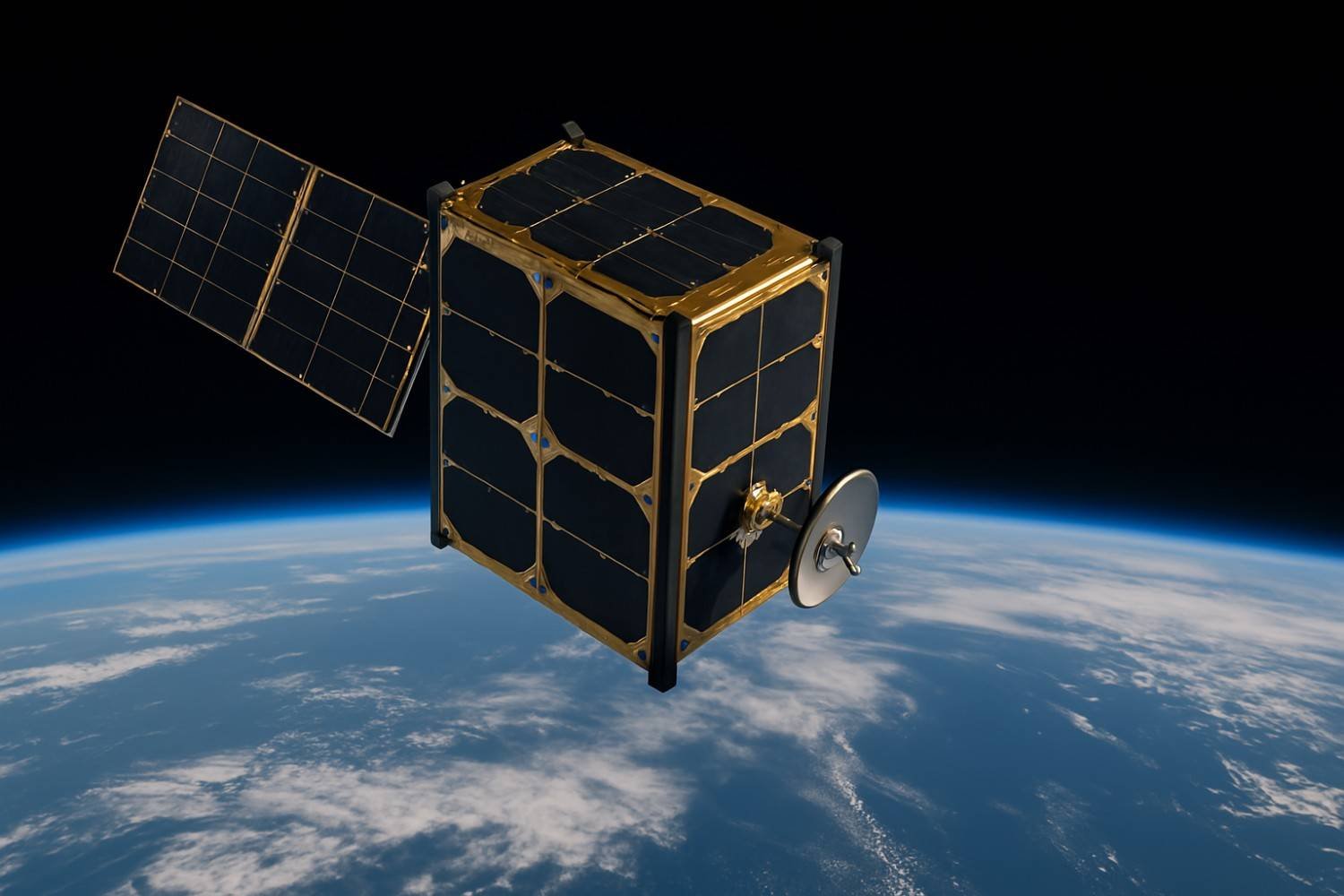The Bahrain Space Agency (BSA) recently provided an update on the national satellite “Al Munther,” which was successfully launched on March 15 from Vandenberg Space Force Base in the United States aboard a SpaceX Falcon 9 rocket as part of an international mission. The launch carried multiple satellites, marking a significant milestone for Bahrain’s space program.
Following its arrival in orbit, the satellite sent back its first signals, confirming that it is stable and that its core systems are operating within the designated technical parameters. The incoming data was successfully received via the ground station, reassuring the technical team that the satellite is functioning as expected.
Dr. Mohammed Al Aseeri, the Chief Executive of BSA, emphasized that the launch of “Al Munther” is a crucial achievement for Bahrain, underscoring the nation’s progress in developing its space capabilities. He praised the efforts of the skilled team, stating that the successful initial phases set the foundation for future space advancements.
Aysha Al Haram, Project Manager for “Al Munther,” detailed that system activation began immediately after the satellite reached its orbit. The power system was switched on first, enabling the satellite’s other systems to begin functioning. She further explained that the team is in the process of testing core systems such as communications, control, and orientation determination, ahead of evaluating the four technical payloads, which include an artificial intelligence payload.
This phase is critical to the satellite’s lifecycle, as it assesses the stability and efficiency of key systems. The tests involve confirming that the solar panels generate the expected power output, ensuring reliable wireless communication, evaluating the orientation system, and monitoring internal temperatures to maintain safe operational limits.
Al Haram emphasized that each system is rigorously tested and data is carefully analyzed to ensure accuracy. Given that communication with the satellite is only possible when it passes over the ground station, precise scheduling is required to maximize each available connection window.
Due to the complexity of the systems and the limitations of communication, this phase is not constrained by a fixed timeline. The team must proceed with caution, particularly with technical transmissions, as challenges may arise from the harsh orbital environment.
The BSA is committed to following the highest engineering standards as it works through the operational plan. The agency aims to complete the testing of the satellite’s core systems before moving on to the evaluation of the four technical payloads. This will lead to the satellite’s full operational phase, allowing it to carry out its scientific and technical missions in the near future.















